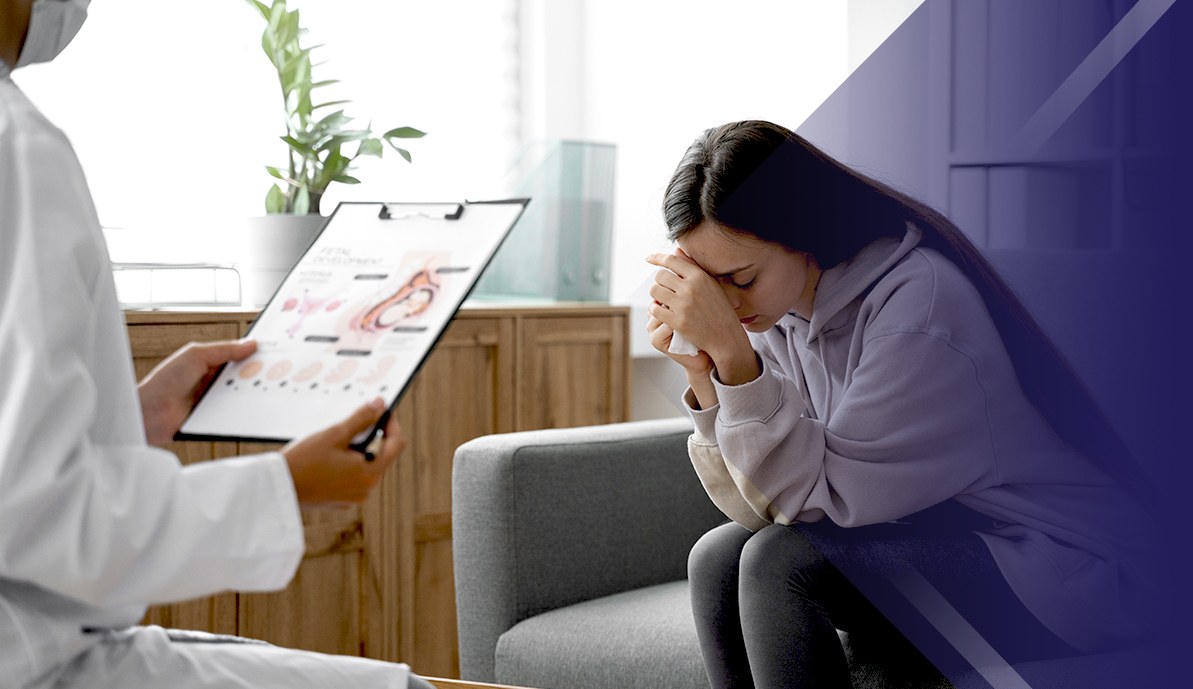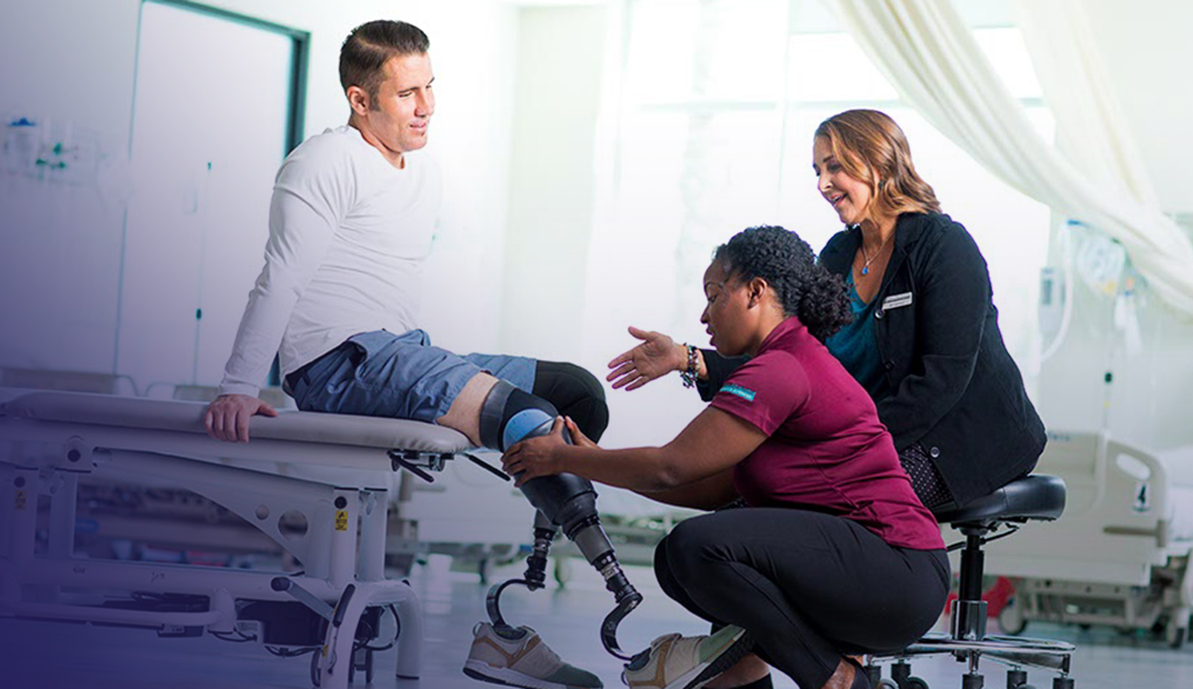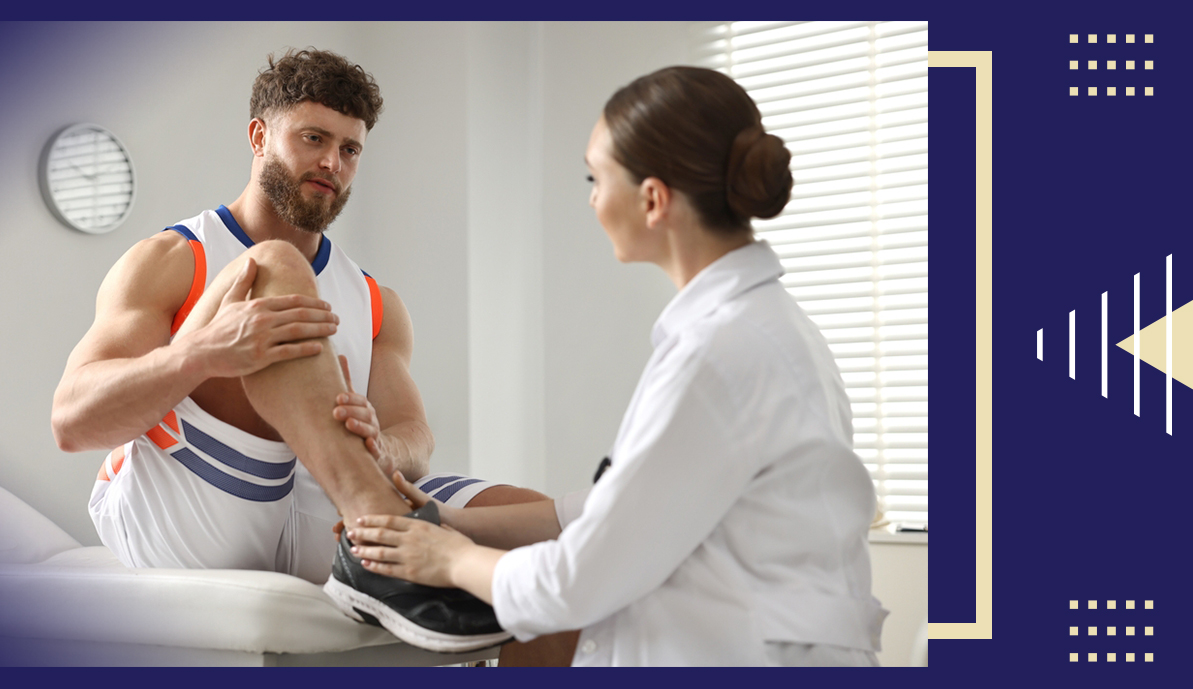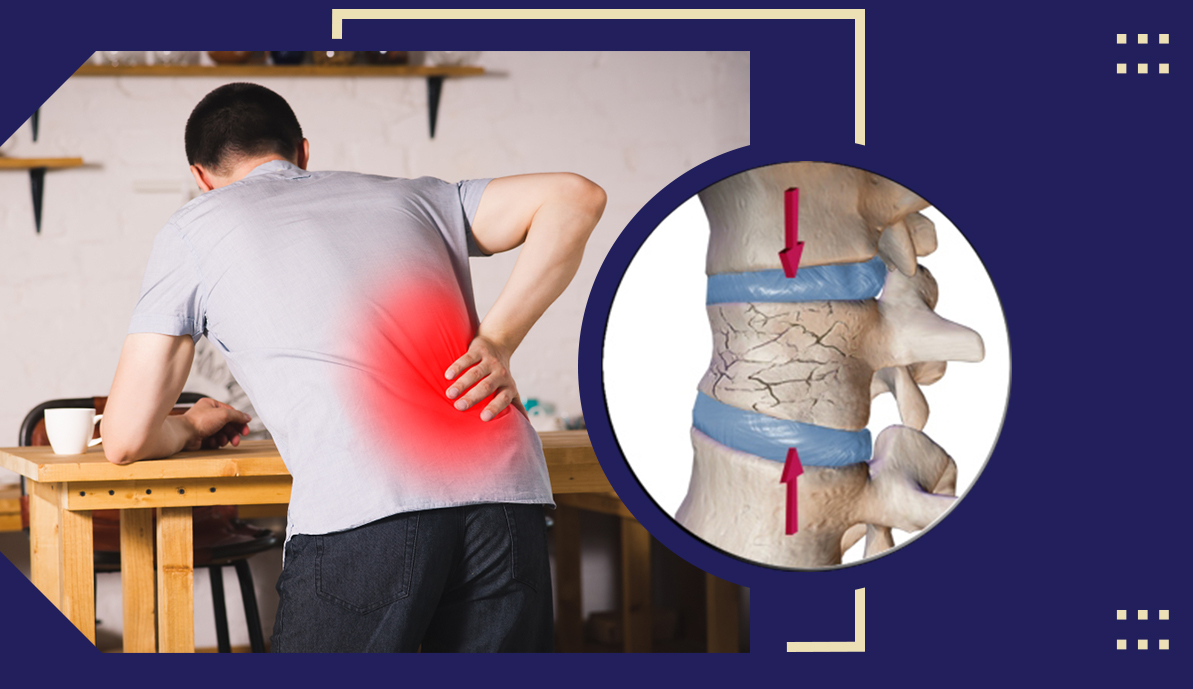
4 Ways Occupational Therapy Treats Post-Accident Anxiety Attacks
What Does Post-Accident Anxiety Look Like?
Anxiety attacks don't have a particular time, and post-accident stress might occur during transportation. Common symptoms of post-accident anxiety include:- Severe emotional distress or physical reactions to flashbacks of traumatising events.
- Frequent pulse, headaches and difficulty in breathing.
- Excessive physical tiredness and trouble concentrating.
- Irritability, angry outbursts or aggressive behaviour.
Four Occupational Therapy Techniques For Post-Accident Anxiety
1. Exposure Therapy
Exposure Therapy involves direct or indirect exposure of the person to the original memory of a trauma. Occupational Therapy infuses graded exposure for confronting your fears and thoughts related to driving or accidents. The goal is to address traumatic memories in a structured and repetitive manner to lessen anxiety in the long run. Prolonged Exposure Therapy helps you to come closer to trauma-related memories, feelings and situations gradually. Our occupational therapists offer exposure therapy in their treatment sessions for a wide range of clients. Step-by-step coping techniques can lessen your avoidant mentality and slowly regain your pre-accident driving or transportation stage.We at Injury Assistance Network can provide you with personalised solutions to trauma exposure. Grading exposure helps you to face the emotional stress that occurs while driving gradually. We will systematically help you handle your stress exposure and stress response without increasing your physical and emotional trauma.2. Cognitive Therapy
Traumatic events impose negative feelings like despair while accessing recovery. Cognitive Management is a significant part of occupational therapy for anxiety. Our occupational therapists can offer cognitive therapy to enhance your emotional strength. Frequent anxiety attacks can disrupt your daily operations, which can be effectively dealt with by cognitive therapy. Personalised sessions with extended trauma responses can address your depressive episodes. Cognitive therapy targets the emotional response ability of your brain and helps to drive positivity. As you gradually return to driving or transportation, your brain will automatically avoid negative feelings and stressful thoughts.3. Eye Movement Desensitization and Reprocessing (EMDR)
Sometimes, post-accident stress can strain your eyes and increase headaches during driving. EMDR can be your best choice for improving both your physical and emotional stress. Our occupational therapists combine exposure therapy with a series of guided eye movements. The guided eye movements are called Bilateral Stimulation, or BLS, to alleviate distress caused by PTSD. During EMDR therapy, you need to focus on your accident memory while engaging in BLS. Our occupational therapist adjusts the BLS rounds at your convenience and based on previous results. We will continue the BLS cycle until the original memory no longer distresses you. So, the next time you try driving, your eye strain will be reduced with enhanced concentration to avoid repeated mistakes.4. Projective and Relaxation Techniques
The right occupational therapy for anxiety can effectively reduce post-traumatic stress. At Injury Assistance Network, we will offer Projective and Relaxation Techniques. Projective Techniques provides an opportunity for patients to relieve stress by using colour coding. You will depict your stress on the papers through different colours. Our occupational therapists will identify your colour change choice and determine suitable relaxation techniques. Occupational therapy can teach you the proper relaxation technique. We will guide you through easily performed meditation and breathing exercises. As your physical stress releases, your emotional stress might also decrease in the long run. At Injury Assistance Network, we ensure that both projective and relaxation techniques are personalised according to your needs. Consistent occupational therapy empowers your post-traumatic brain for reality orientation. As you gradually confront your fears, your emotional stress will similarly be reduced over time.Key Takeaways
Occupational Therapy helps to increase the emotional capability to handle stressful events. Injury Assistance Network will be your right choice for getting the proper post-accident anxiety relief.Our occupational therapists incorporate personalised strategies for reducing physical and emotional stress. Moreover, prolonged grade exposure will give you a reality check and help you gain emotional strength. Remember, it's never too late to invest in your emotional well-being and acquire long-term relief.Share with your friends:



